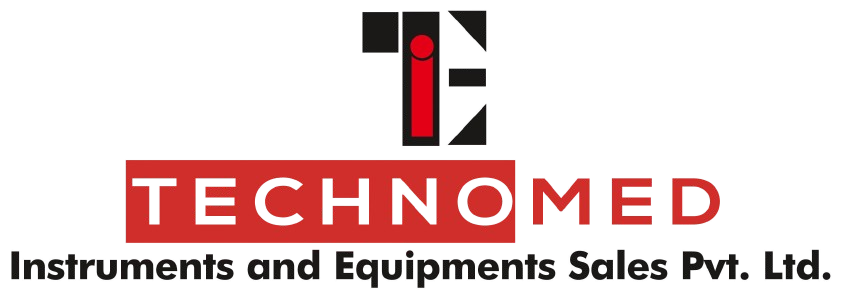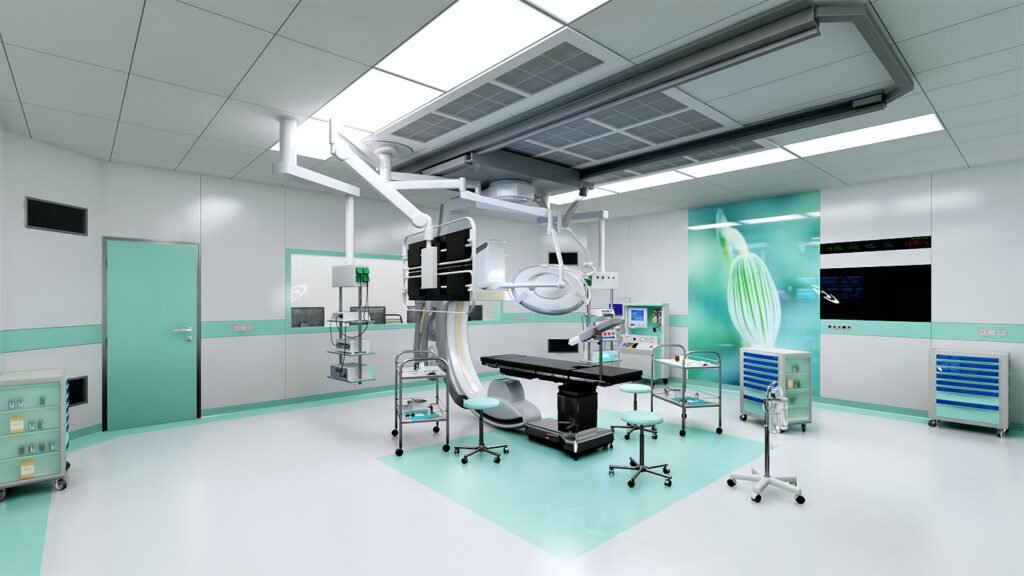Regulatory Standards for Modular OTs: Ensuring Compliance and Safety
Modular OT Compliance Standards
Modular Operation Theatres (OTs) have revolutionized the healthcare industry by offering flexibility, rapid installation, and high-quality surgical environments. However, constructing and operating a modular OT isn’t just about design and technology—it must also meet stringent regulatory standards to ensure patient safety, staff protection, and operational efficiency. Compliance with these standards is essential for maintaining quality healthcare services and avoiding legal or operational pitfalls.
What Are Modular Operation Theatres?
A modular OT is a prefabricated, fully equipped surgical suite built using modular components. These units are designed to meet international healthcare standards and can be installed quickly with minimal disruption to hospital operations. They are particularly beneficial for hospitals needing quick OT expansion, disaster relief setups, or advanced surgical capabilities without the cost and time of traditional construction.
Why Regulatory Compliance Matters
- Patient Safety:
Surgical procedures involve critical risks. Regulatory standards ensure proper ventilation, sterility, and equipment layout, minimizing the risk of infection and complications.
- Staff Protection:
Healthcare workers are exposed to biohazards and high-stress environments. Compliance ensures safe working conditions with proper ergonomic design, PPE usage, and sterilization protocols.
- Operational Efficiency:
Standards provide guidelines for proper workflow, equipment placement, and space utilization, ensuring smooth surgical operations.
- Legal and Certification Requirements:
Non-compliance can lead to legal penalties, license revocation, and reputational damage. Adhering to standards safeguards hospitals against regulatory violations.
Key Regulatory Standards for Modular OTs
1. ISO (International Organization for Standardization) Guidelines
- ISO 14644 standards regulate cleanroom design, controlling airborne particle levels in OTs.
- ISO 13485 specifies medical device quality management, including modular OT equipment installation.
2. National Standards (Country-Specific Regulations)
- In India, the BIS (Bureau of Indian Standards) and National Accreditation Board for Hospitals & Healthcare Providers (NABH) provide guidelines for OT construction and operations.
- Compliance covers air conditioning, sterilization protocols, electrical safety, and workflow optimization.
3. HVAC and Air Quality Standards
- Proper ventilation and airflow prevent contamination.
- Laminar airflow systems, HEPA filters, and positive pressure rooms are often mandatory for infection control.
4. Electrical and Safety Standards
- All modular OTs must follow electrical safety codes to prevent short circuits or equipment failure.
- Backup power systems and surge protectors ensure uninterrupted surgical operations.
5. Sterilization and Waste Management Standards
- Protocols for instrument sterilization, waste disposal, and biohazard containment are mandatory.
- Modular OTs must integrate autoclaves, waste segregation, and proper drainage systems.
6. Ergonomic and Spatial Standards
- Adequate space between surgical tables, equipment, and personnel pathways is essential.
- Standards specify ceiling height, lighting intensity, and equipment placement to optimize workflow and reduce fatigue.
Steps to Ensure Compliance
- Consult Regulatory Guidelines Early:
Begin planning with NABH, ISO, and BIS guidelines in mind.
- Engage Experienced Vendors:
Choose manufacturers like Technomed, who specialize in compliant modular OT construction.
- Conduct Regular Audits:
Periodic inspections ensure HVAC, electrical systems, and sterilization units meet required standards.
- Staff Training:
Train OT staff on regulatory protocols, infection control, and emergency procedures.
- Documentation:
Maintain proper records of installation, maintenance, and sterilization logs for audits.
Benefits of Compliant Modular OTs
- Enhanced Patient Safety: Reduced infection risk and surgical complications.
- Operational Efficiency: Optimized workflow with minimized downtime.
- Staff Confidence: Ergonomic design and proper safety measures improve staff productivity.
- Accreditation Ready: Compliance with NABH, ISO, and local standards helps in obtaining official certifications.
Technomed’s Approach to Modular OT Compliance
Technomed ensures every modular OT is designed, manufactured, and installed according to international and national standards. Their solutions include:
- ISO-certified cleanroom components and HVAC systems.
- Electrical safety-compliant designs with backup systems.
- Ergonomic layouts optimized for surgical workflow.
- Full staff training on safe operation and maintenance protocols.
By combining regulatory expertise with innovative design, Technomed helps healthcare facilities build safe, compliant, and highly efficient modular OTs.
Conclusion
Ensuring regulatory compliance in modular OTs is not optional—it is critical for patient safety, staff protection, and operational success. Hospitals and clinics must prioritize standards related to cleanroom design, HVAC systems, electrical safety, sterilization, and ergonomic layouts. Partnering with experienced providers like Technomed guarantees state-of-the-art, compliant, and safe modular OTs that meet both international and local healthcare standards.
Build safe, compliant, and efficient modular OTs for your healthcare facility. Contact Technomed today to learn about our turnkey solutions and regulatory-compliant designs.




